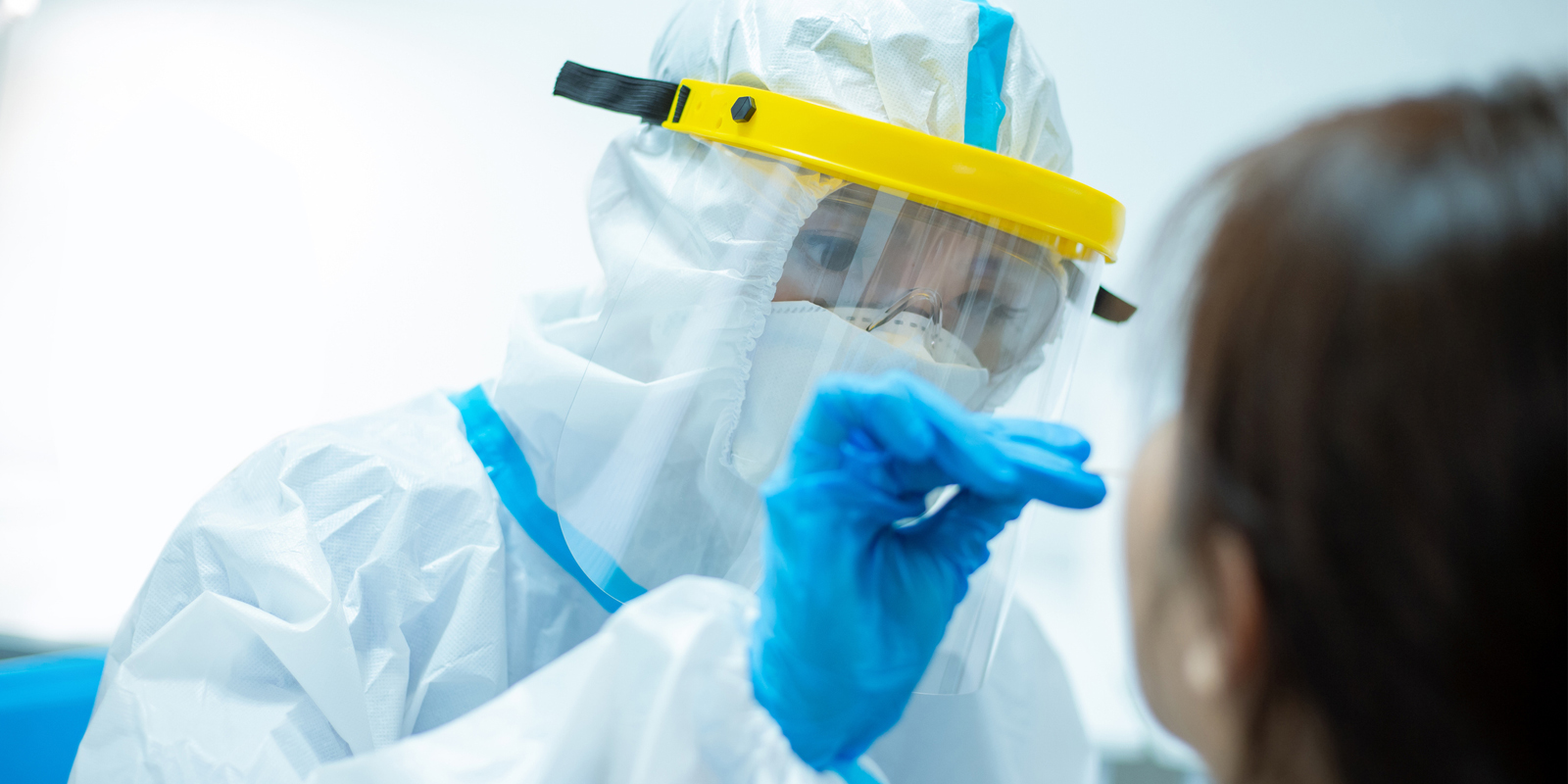COVID-19 Testing at Work: Seven Lessons from Leading Employers

Three large employers using regular COVID-19 testing to screen essential workers report success in their efforts to prevent worksite COVID-19 outbreaks.
Executives leading the testing efforts at these companies also say that careful planning and communication are keys to implementing a seamless testing program with minimal disruption to the workday.
In a recent webinar now available OnDemand, Healthcare IT Leaders moderated a roundtable highlighting COVID-19 test efforts at three companies:
- Lonza, a multinational contract pharma manufacturer and partner to Moderna in the production of its COVID-19 vaccine
- EllisDon, a $5B Construction and Building Services company based in Toronto, CN
- BD, a global medical diagnostics and technology manufacturer, and maker of the BD Veritor Plus system for rapid antigen testing
Below are some of the key learnings from the event:
Align testing schedules with work schedules for optimal testing volume. “You need to get a consistent flow so there’s no backup in your screening center,” said Steve Chaplin, VP, Health, Safety and Environment for EllisDon. At BD’s Sandy, UT plant, workers are in and out of the testing center within 10 minutes, according to Jim Beezley, a Healthcare IT Leaders PM responsible for COVID-19 testing at BD.
Lonza’s Eric Snyder, Head of Environmental Health and Safety, said the company’s Portsmouth, NH factory moved from 3-day a week testing to daily testing to ensure that employees were tested twice weekly, and to keep the testing staff from sitting idle for long periods. “We did have to level load that system so that we didn't have days with hardly anyone getting tested,” said Snyder.
On Demand Webinar: COVID-19 Worksite Testing Best Practices→
Create a dedicated space for testing and storage. Set up a space that’s large enough to test several employees at a time while also keeping them six feet apart and set up protective barriers as needed. Testing facilities also need adequate storage for test kits, PPE, and other supplies that “take up a lot of room,” said Beezley.
Lonza took over space in an employee gym to create a testing area at its Portsmouth facility. Chaplin said EllisDon must be creative to find space at its construction sites, often walling off temporary space with plastic sheeting for employee testing.
Pay attention to supply chain. Ensuring adequate testing supplies requires planning and regular reordering. Keep a two- to four-week supply on hand, but also be aware of the expiration dates for test kits, advises Beezley. Snyder said Lonza was initially overstocked with test kits at its Portsmouth location and had to ship kits to the company’s other U.S. sites to ensure the kits were used prior to expiration.
Develop a communication plan. A communication plan should include an FAQ document detailing the testing policies, and reminders of the importance of testing to keeping employees and their families safe and keeping the business open, said Beezley. Chaplin noted that such messaging resonates with many hourly employees in the construction trades.
“A lot of the members of our workforce aren't salaried people. If they're not working, they don't have an income.” said Chaplin. “If we can provide a safe and stable workplace, these individuals are allowed to continue working, and the sites are able to say open.”
Know government requirements for test administration. Federal and state regulations apply when operating a worksite lab, and lab compliance requirements can differ by state. Regulations vary on a provincial basis in Canada, as well, according to Chaplin. Test results need to be shared daily with public health agencies, according to Beezley. Companies with facilities in multiple states need to be mindful of each state’s lab regulations, and monitor compliance.
Coordinate with stakeholders regularly. The team running the testing center should regularly meet with executive management, business unit leaders, and union representatives to analyze data, assess overall program operations, and address issues such as possible resistance to testing. Daily meetings may be required to coordinate the planning and startup phases in a new program, but can be scaled back when testing operations normalize, said Beezley.
Plan for positive test results and isolation. At BD’s Sandy location, the employer and employee are notified when a positive test result is identified. The employee then reports back to the testing area for counseling regarding home quarantine as well as instructions for taking a confirmatory PCR test.
Expert Webinar: COVID-19 Worksite Testing Best Practices→
Lonza also quickly isolates any worker with a positive result, and then identifies and tests all close worksite contacts of the employee. Because of its critical role in the production of COVID-19 vaccine, Snyder said, “we cannot interrupt (vaccine production) by a team that comes down with COVID and then stops millions of doses a week from going out to the public.”
All three employers started testing in late 2020 and report low case-positivity rates and overall success in keeping their operations open. Admittedly, not all employees are happy about regular testing, but most are appreciative, said Chaplin.
“They are going home to their families and have that extra level of assurance that the employer is looking after their well-being and doing the screening. That provides an extra level of comfort.”
See also: 5 Reasons to Start a Worksite COVID-19 Testing Program.
